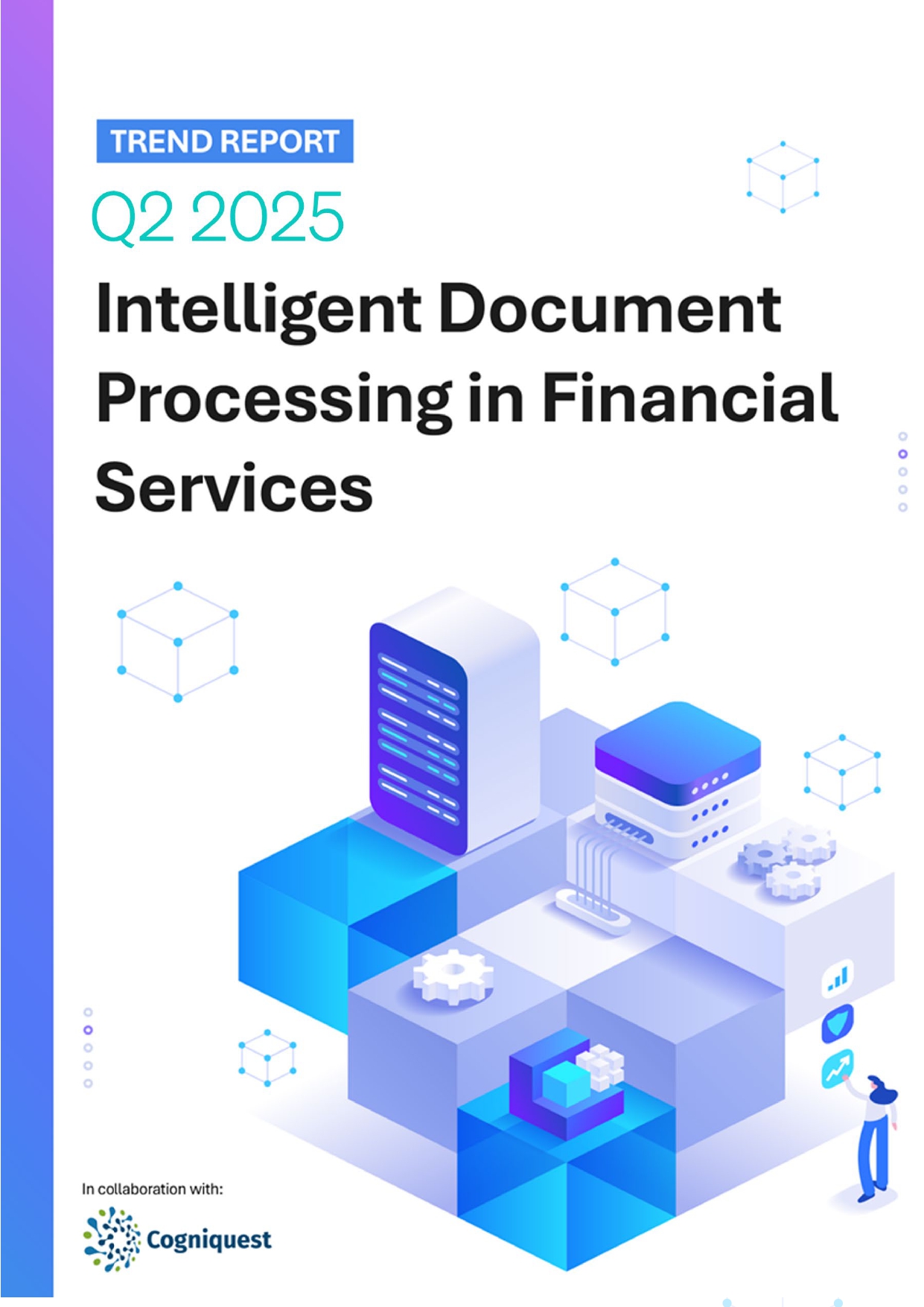 Back
Back
Regulatory Reporting – The current landscape and emerging trends
By Kamal Sharma, a certified data warehouse management consultant, a veteran in India RBI regulatory reporting and he leads business development for the regulatory practice at Profinch Solutions.
In a deeply interwoven world, where a flutter here can induce a burst there, global financial systems function as a unified organism, whose movements greatly impact the world economy. Regulatory reporting and banking supervision is a systemic approach to ensure the health of this organism and pre-empt issues before they snowball into crises. Precipitated by the global financial crisis of 2008, adequate risk data systems and processes have helped banks build resilience and ability to weather crisis, as has been largely evident in pandemic ridden times. In continuing to supply the financing the economy required, the financial system has alleviated, and not amplified the impact of the crisis. There is no gainsaying that a robust banking sector, ably backed by effective global regulatory standards is of paramount importance.
The vertebral column of regulatory reporting
 The Basel Committee on Banking Supervision (BCBS), first formed in 1974, is the primary global standard setter for the prudential regulation of banks and provides a forum for regular cooperation on banking supervisory matters. Its 45 members comprise central banks and bank supervisors from 28 jurisdictions. The Committee has established a series of international standards for bank regulation, most notably its landmark publications of the accords on capital adequacy which are commonly known as Basel I, Basel II and, most recently, Basel III. Through various guidelines and frameworks through the decades, BCBS ensures that international supervision coverage is all-encompassing and all banking establishments are adequately and consistently supervised. One of the core regulatory initiatives in recent years is BCBS 239 – Principles for effective risk data aggregation and risk reporting (RDARR). With the explicit intent of enhancing banks’ ability to proactively identify bank-wide risks by augmenting data aggregation and risk assessment capabilities, BCBS 239 has been an opportunity for banks to go beyond basic compliance and derive significant strategic value for their business. While implications of non-compliance by designated timelines like regulatory penalties & increased capital charges, regulatory & reputational risk and loss of competitive advantage have been spelt out, data and infrastructure platforms across banking institutions are yet to be fully revamped to meet the BCBS 239 guidelines. As per a progress report published by Basel Committee in Apr 2020 for G-SIBs (global systemically important banks), none of the banks are fully compliant with the Principles, even though there has been notable progress in key areas like governance, risk data aggregation capabilities and reporting practices.
The Basel Committee on Banking Supervision (BCBS), first formed in 1974, is the primary global standard setter for the prudential regulation of banks and provides a forum for regular cooperation on banking supervisory matters. Its 45 members comprise central banks and bank supervisors from 28 jurisdictions. The Committee has established a series of international standards for bank regulation, most notably its landmark publications of the accords on capital adequacy which are commonly known as Basel I, Basel II and, most recently, Basel III. Through various guidelines and frameworks through the decades, BCBS ensures that international supervision coverage is all-encompassing and all banking establishments are adequately and consistently supervised. One of the core regulatory initiatives in recent years is BCBS 239 – Principles for effective risk data aggregation and risk reporting (RDARR). With the explicit intent of enhancing banks’ ability to proactively identify bank-wide risks by augmenting data aggregation and risk assessment capabilities, BCBS 239 has been an opportunity for banks to go beyond basic compliance and derive significant strategic value for their business. While implications of non-compliance by designated timelines like regulatory penalties & increased capital charges, regulatory & reputational risk and loss of competitive advantage have been spelt out, data and infrastructure platforms across banking institutions are yet to be fully revamped to meet the BCBS 239 guidelines. As per a progress report published by Basel Committee in Apr 2020 for G-SIBs (global systemically important banks), none of the banks are fully compliant with the Principles, even though there has been notable progress in key areas like governance, risk data aggregation capabilities and reporting practices.
A necessary woe
While its importance cannot be emphasized enough, compliance and regulatory reporting is a rather challenging area for banks to navigate. Since GFC in 2008, the regulatory pressures have burgeoned, with an astounding number of data points required at a high frequency and uncompromisable accuracy. More than 750 global regulatory bodies are pushing over 2,500 compliance rule books and giving rise to an average of 201 daily regulatory alerts.
Some of the challenges faced by financial institutions around core regulatory reporting are:
- Ever-increasing complexity in the reporting system.
- Keeping pace with frequent changes and being able to correctly interpret regulatory requirements.
- Reporting timeframes crunched from months to weeks to ensure a timelier view of financial risks.
- Dependence on manual processes, multiple siloed systems to meet various complex requirements – puts huge pressure on resourcing, time, efficiencies, accuracies. The inflexibility impairs adaptability to changing regulatory demands.
- Data quality and integrity with ineffective data quality frameworks.
As per a study, 31% of institutions identify data quality issues as a major impediment in effectively meeting compliance requirements. Furthermore, analysts spend most of their time on data collection and organization and abysmally less on data analysis. - Maintaining end-to-end data lineage to be able to trace back the final numbers to the origin and validate them during onsite inspection.
How COVID pulled the strings for regulatory reporting
The pandemic has led to heretofore inconceivable actions by governments of the world like the shutdown of economies to contain the spread. In the face of this, ensuring economic and operational resilience of the global financial system has been the topmost priority of global regulators. Banks are faced with ensuring continued lending despite shrinking revenues, mounting cost reduction pressures, growing liquidity risk and erratic workforce productivity due to remote working. Regulators are attempting to strike a balance between implementing adequate measures for risk assessment and mitigation to avert a full-blown financial crisis, and relaxing several other activities like
- Loosening implementation deadlines of new regulations.
- Deferring submission deadlines for existing regulatory reports.
- Suspending non-critical supervisory examination activities.
- Allowing early adoption of risk/ exposure calculation methodologies.
- Relaxing various buffers and reserve ratio requirements.
National and international regulatory bodies, the federal bank regulators, ECB, governments in APAC etc swung into action starting March ’20 to ensure the post GFC resilience of banking system keeps the economies afloat. BCBS has taken several measures to amplify the effect of the range of government support measures and payment moratoria programmes. While banks have been able to absorb losses until now, the credit losses are only going to mount as the pandemic shows no sign of abatement. As per the latest annual banking report by McKinsey, amidst a muted global recovery after 2021, banks are likely to face a huge challenge to ongoing operations that may persist beyond 2024.
Resilience is the mantra here – entering the crisis armed with resilience and braving it, and moving beyond the crisis with the resolve to build resilience into the DNA of banking systems. A robust regulatory framework has a major role to play in this.
Emerging themes
Technology is at the heart of cultivating a culture of proactive and comprehensive approach to regulatory reporting. According to Accenture’s Compliance Risk Study, compliance can no longer depend on adding new resources to increase effectiveness. Strategically planned adoption of Big Data and AI technologies can help arrest/ better handle the above listed challenges faced by banks.
The voices demanding respite from labour and time-intensive process of repeated reformatting of data points are becoming louder, leading to discussions around real-time regulatory reporting giving regulators direct access to source data. Austria implemented a similar reporting model with an intermediary in place to collect data and interface with the regulator. While we may be looking down the barrel of real-time reporting, it comes with implications for quality of information delivered, complete overhaul in how banks function like moving from month end closing to day end or week end closing, ability of regulators to process colossal amounts of raw data.
While digitalization promises to revolutionise how banks operate, there are risks and challenges that come with it. The rapidly evolving cyber-crime and increasing reliance on third-party service providers calls for closer regulatory monitoring and supervision.
Supervision and Regulation may have to factor in longer-term systemic challenges arising from outside the financial system, but with very clear implications on it. While COVID-19 is an example of low-probability high-impact factor, there can be slow-moving but long-term structural changes in our ecosystems that can have a far-reaching impact like climate change, changing demographics, income inequality & ensuing need for financial inclusion and sustainability.
There is clear global multilogue around whether some aspects of the regulatory system are unduly complex, hindering the resilience of the banking system on one hand and financial dynamism and innovation on the other hand. There is a case for rebalancing the degree of simplicity, comparability and risk sensitivity of the global frameworks.
IBSi News
Get the IBSi FinTech Journal India Edition
- Insightful Financial Technology News Analysis
- Leadership Interviews from the Indian FinTech Ecosystem
- Expert Perspectives from the Executive Team
- Snapshots of Industry Deals, Events & Insights
- An India FinTech Case Study
- Monthly issues of the iconic global IBSi FinTech Journal
- Attend a webinar hosted by the magazine once during your subscription period
₹200 ₹99*/month
* Discounted Offer for a Limited Period on a 12-month Subscription
IBSi FinTech Journal

- Most trusted FinTech journal since 1991
- Digital monthly issue
- 60+ pages of research, analysis, interviews, opinions, and rankings
- Global coverage
Other Related Blogs
November 04, 2024
Why most finance pros don’t know how much fraud is costing their businesses
Read MoreSeptember 18, 2024
Digital Resilience is key to retaining customer trust in Financial Services
Read MoreRelated Reports

Sales League Table Report 2025
Know More
Global Digital Banking Vendor & Landscape Report Q2 2025
Know More
NextGen WealthTech: The Trends To Shape The Future Q4 2023
Know More
Intelligent Document Processing in Financial Services Q2 2025
Know More

